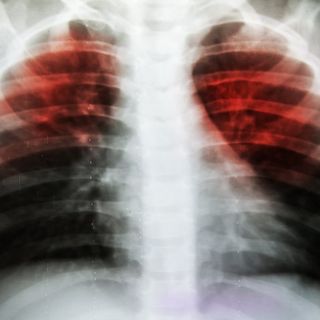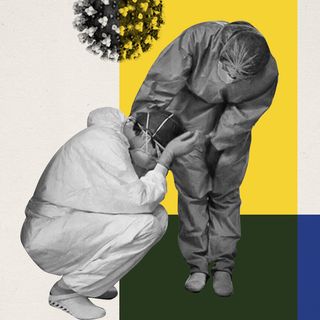People who interact with infected individuals within 6 feet of distance, across multiple, short meetings in one day that add up to at least 15 minutes, will now be deemed as “close contacts” for the purpose of Covid19 contact tracing, according to updated guidelines by the Centers for Disease Control and Prevention (CDC) in the U.S.
Previously, a “close contact” was defined as someone who had spent at least 15 consecutive minutes within 6 feet of a Covid19-positive individual. But according to the revised guidelines released on Wednesday, a “close contact” would be someone who was within 6 feet of an infected individual for 15 cumulative minutes or more over a 24-hour period.
The amendment followed a case study published by the CDC the same day, on a 20-year-old correctional officer in Vermont, who came into contact with six quarantined inmates over the course of an eight-hour shift. The inmates were asymptomatic, had just been transferred to the officer’s facility, and were awaiting their Covid19 test results. Surveillance footage from the facility revealed that while he had had numerous brief interactions with them, for approximately one minute each, his cumulative exposure to them amounted to 17 minutes during his shift. Eventually, the inmates were found to be Covid19 positive, and the following week, the officer tested positive as well after he started showing symptoms.
Related on The Swaddle:
Japanese Researchers Show Humidity Can Slow the Spread of Covid19 Through Air
Reportedly, the officer had not come into contact with any other possible source of infection. During all of these interactions, the officer wore his mask; the inmates wore their masks during most interactions.
Since the beginning of the pandemic, the World Health Organization has emphasized contact tracing to break the chain of transmission; this amendment will expand the pool of people potentially infected by contagious individuals. Experts say this could lead to many more people being quarantined to stop the spread.
“It’s easy to accumulate 15 minutes in small increments when you spend all day together — a few minutes at the water cooler, a few minutes in the elevator, and so on…. [This] will be difficult for contact tracing programs to implement, and schools and businesses will have a difficult time operating under this guidance… I expect this will result in many more people being identified as close contacts,” Caitlin Rivers, an epidemiologist at the Johns Hopkins University Center for Health Security, told The Washington Post, adding that the update “underscores the importance of vigilant social distancing — even multiple brief interactions can pose a risk.”
“As the northern hemisphere enters winter, we’re seeing cases accelerate … so, it’s important that all governments focus on the fundamentals that help to break the chains of transmission and save both lives and livelihoods,” Tedros Adhanom Ghebreyesus, Director-General of the WHO, said at a press conference this week.




